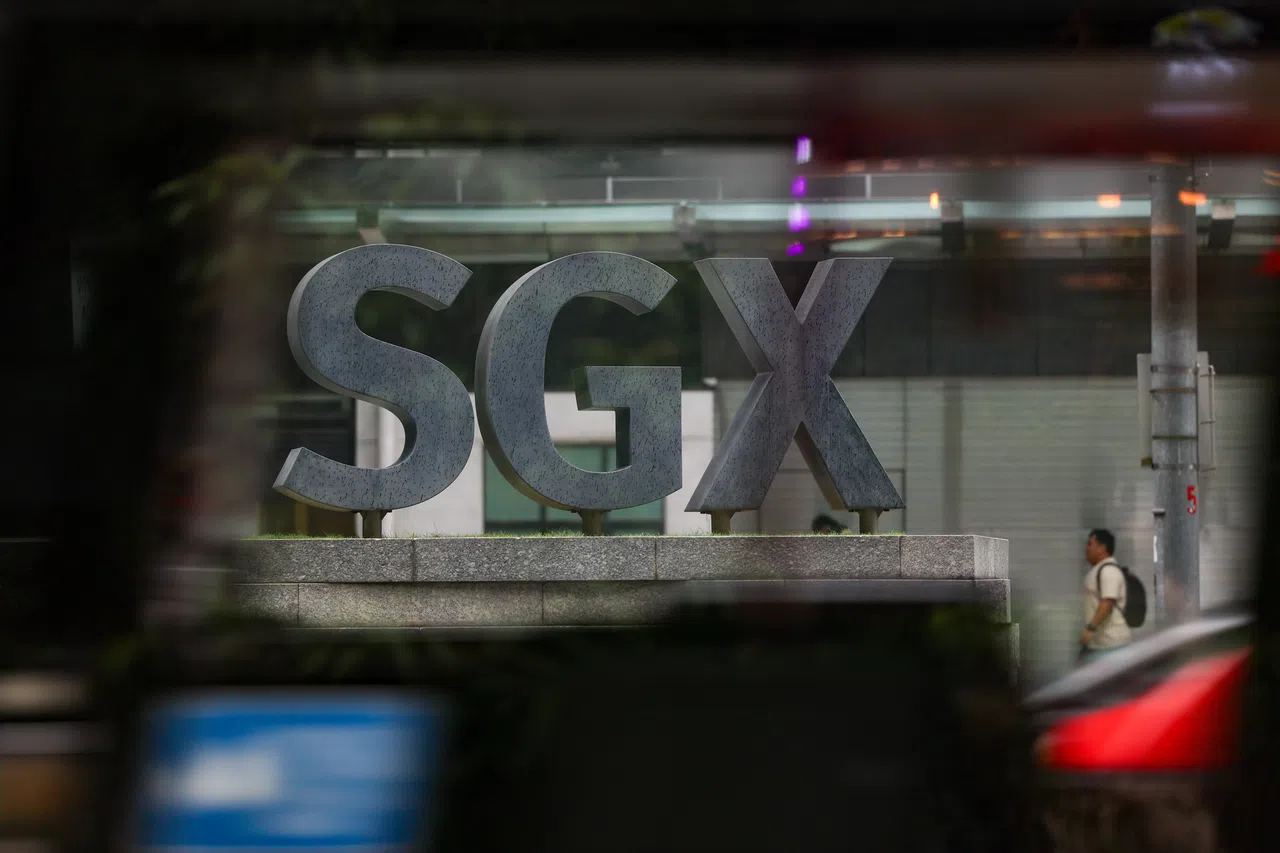AN ISSUER’S annual general meeting (AGM) is an event keenly anticipated by many shareholders in each calendar year.
AGMs serve as an important platform to enhance communication between shareholders, and the issuer’s board of directors and management. It provides an avenue for shareholders to receive updates from the board and management, vote on key matters, as well as engage in direct dialogue with them.
It is therefore important that shareholders can attend the AGMs of all the issuers that they hold shares in. To facilitate interaction with shareholders, the SGX-ST Listing Rules further prescribe certain requirements relating to general meetings, including requiring primary-listed issuers to hold their AGMs in Singapore, unless prohibited by relevant laws and regulations in its jurisdiction of incorporation.
In line with this, Singapore Exchange Regulation (SGX RegCo) together with the Securities Investors Association (Singapore) and the Singapore Institute of Directors, have also published the second edition of the Guide on Best Practices for Shareholder Meetings of Listed Companies.
Providing shareholders with the opportunity to participate effectively in, and vote at, general meetings is a principle echoed in the Code of Corporate Governance.
The accompanying Practice Guidance to the Code of Corporate Governance also provides that companies should use their best endeavours to avoid scheduling general meetings during peak periods.
GET BT IN YOUR INBOX DAILY
Start and end each day with the latest news stories and analyses delivered straight to your inbox.
SGX RegCo observes that shareholders’ ability to attend AGMs may be curtailed, if AGMs are clustered within the same period. As most issuers have their financial year-end in December, the peak period in which issuers schedule their AGMs is typically in the second half of April – the two weeks immediately preceding the deadline in April for holding of AGMs.
SGX RegCo recognises that it may not be possible to entirely eliminate the issue of AGM clustering given the number of issuers with the same financial year-end.
About two of every three issuers have a Dec 31 financial year-end. Nonetheless, arrangements can be put in place to ameliorate the situation.
In this regard, clustering of AGMs by issuers with a larger shareholder base and market capitalisation, such as those that are constituents in the Straits Times Index, would have a greater impact on the ability of those holding shares in multiple issuers to attend AGMs.
Accordingly, SGX RegCo will require large issuers to take the lead, to ensure that their AGMs do not conflict with the AGM of another large issuer.
SGX RegCo will facilitate this by maintaining a calendar of AGMs of large issuers to facilitate shareholder participation. Large issuers will be requested to submit their proposed date and time period of their upcoming AGM to SGX RegCo.
Should there already be an AGM by another large issuer (the first issuer) scheduled on the same date and time period, and which has been earlier notified to SGX RegCo, the (second) issuer would be required to select another date or time period.
SGX RegCo will conduct this exercise with ample notice to issuers so that they have sufficient time to make plans, such as ensuring directors’ availability for the AGM, as well as procuring meeting venues.
SGX RegCo will separately reach out to identified issuers to provide more details on the arrangement. SGX RegCo expects all identified issuers, in particular their board chairpersons, to enable early preparations for their AGMs and work with us to address the issue of AGM clustering. The implementation of these arrangements will be reviewed periodically.
Should the AGM clustering of large issuers persist, more prescriptive requirements may have to be put in place.
The writer is chief executive of SGX RegCo







